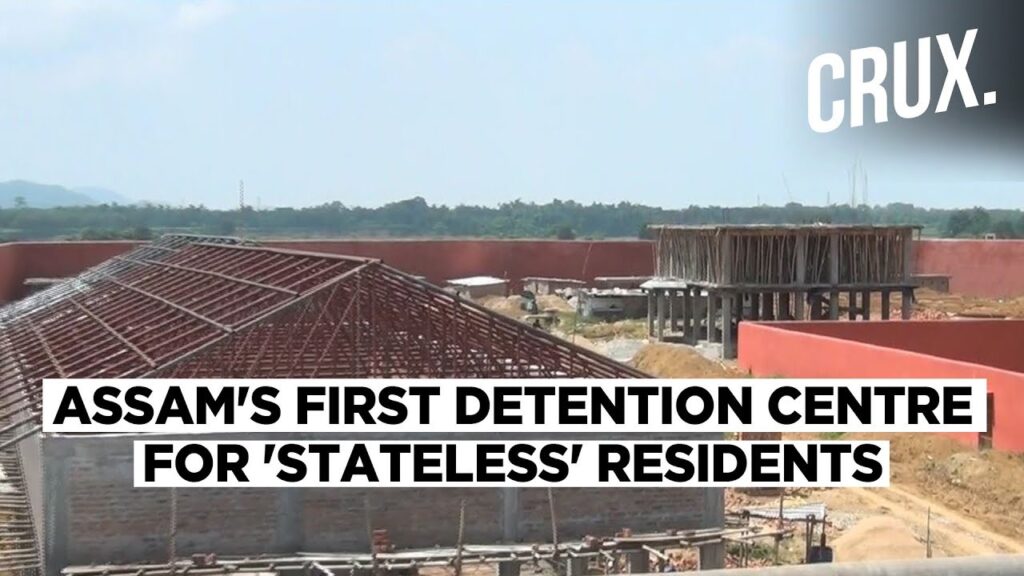
Source: https://www.news18.com/news/india/assams-1st-detention-centre-for-those-who-dont-qualify-as-indian-citizens-to-come-up-in-goalpara-2295835.html
Had a late-night debate with someone regarding the National Register of Citizens, mandated by the Citizenship (Amendment) Act, 2019. And there’s a question I would like to ask those that are pushing for it in its present form.
But before that, some background. In the final NRC list in Assam, published on 31 August 2019, of 33,027,661 people who applied (the population of Assam), 19,06,657 failed to make the cut and were left out, meaning that they were not found to be Indian citizens. That is 5.7729% of the entire Assamese residential population.
Now, let us presume that Assam is a special case and that the rest of India will have a different percentage of ‘foreigners’. Is there a way to calculate that? Let’s use some rough & ready numbers:
The Union Home Ministry’s claim (as told in the Rajya Sabha in November 2016) is that there are 20 million illegal immigrants just from Bangladesh, with a majority of them in Assam and West Bengal. Let us presume that about 50% of these 20 million (which is 10 million illegal Bangladeshi immigrants) are in these two states. Now, if 1.9 million are officially ‘found’ in Assam, it should be easy to calculate that the rest (8.1 million) are in West Bengal, with a total population of 101,883,453 in 2021 (projected by the Census Organisation of India, based on the population census of 2011), and that they form 7.9503% of the West Bengali population.
That’s a rather large number as compared to Assam. And we have not even started to count the Sri Lankan Tamils, the Myanmarese Rohingya, the Chinese Tibetians, Burmese Chin, Afghans, Pakistani, and Nepali ones, or the numerous people from Africa and West Asia who have overstayed their visas. To estimate what percentage of the Indian residential population is ‘illegal’ is going to be extremely difficult. Is it around 5%? Or is it 7%? Or are West Bengal and Assam outliers and that we should actually consider a far lower number? How about 2.5% then? I mean, any number is a guess. But whatever that number is, it is a rather large one in absolute terms (since India’s population is now touching 1.4 billion). So, even 1% of that is 14 million, or 1.4 Crore people.
But let us not get carried away with illegal immigrants only, since the problem of proving one’s citizenship is not primarily their issue. The amount of paperwork and pieces of evidence one requires to definitively prove one’s citizenship in India (as per the Assam exercise conducted not more than a few years ago) is ridiculously complicated and requires tremendous social and financial capital to fight against, if one happens (as is evident from the experience in Assam) to not fall on the right side of the register. And even if you were to be a bonafide Indian in every which way, there are chances that you could fail to make that grade, as a retired veteran (who served in the Indian armed forces for 30 years) found out. The problem is further compounded by poverty. Those without the requisite social network and financial means to meet the criteria are going to be left out for no fault of theirs, except their poverty.
So, how many poor are there in India? This should have been easy to find before this NDA government (that the opposition has derisively dubbed the ‘No Data Available’ government) came to power and started to stop all flow of information and data used by experts for analysis of the economy and the society from the government to the public domain. But we can still make a good estimate based on earlier figures & government working papers, and some independent news, studies, opinions, and explainer sources that while the total number of people below the poverty line (BPL) in 2012 was 269.783 million (based on MRP consumption as per an RBI report), assuming there was no change whatsoever till the pandemic of 2019-21 (which is not correct, since the demonetisation and GST double blows caused quite a few to fall below the line), and that of the figures of 100 million and 260 million being bandied about (concerning the number of people who were pushed back into poverty due to the pandemic and the subsequent economic fallout) are exaggerated, we can still say with some certainty that over 350 million people are BPL as of 2022, and still err on the side of caution.
So, we have a fourth of India reeling under extreme poverty, with no recourse to legal remedy, social capital, or financial muscle required to disprove that they are illegal immigrants (because the onus on proving one’s Indian nationality seems to rest on the person by law), and another few percentages of people who are actually illegal immigrants.
That means close to 30% of the Indian population will find it difficult if not impossible to prove their citizenship, and a number quite close to 100% of those that fail that test will find it difficult to fight and win against the state.
Great. That means that were NRC to be implemented tomorrow, we would have over 400 million Indian residents in a vulnerable state of being proven stateless (because one must remember that not only will they be unable to prove that they are Indian citizens, but also that they are citizens of any country whatsoever). That said, let us discount this figure for arguments’ sake, and say that perhaps only 20% of these 400 million will fail the final tests, after applications & reapplications and hearings & supplications and long-winded processes & court procedures. That’s still 80 million people. 8 Crore Indian residents. Indeed, in a television interview in 2019, Prashant Kishore estimated this to be around 70 million. So, let us work with that. 7 Crore Indian residents will be found to be ‘illegal’.
For perspective, that’s larger than the entire population of any state in India (except UP, Maharashtra, Bihar, and West Bengal). It is greater than the population of any EU country, bar Germany. That’s a lot of people. And it has men, women, children, senior citizens, able-bodied, and disabled, but mostly poor, uneducated, and non-Hindu (though most definitely not non-DBA, who will surely make up a large swathe of these), with a sprinkling of outliers. A humungous collection of the dispossessed (in the truest sense) at various locations across the country.
OK, now, you got 7 Crore people who you have decided are not Indians because they have been unable to prove their Indianness. But they (and your administration) are also unable to prove they are citizens of any other country. My question: What do you do with them?
If this question does not stump or convince the person advocating for NRC in its current form, the problem is with the person and you really ought to rethink your friendship with them.
Because here are the options:
- You could deport them. But to which country? And how and why would that other country believe they are their citizens and accept them? Also, who will manage the deportation? And who will pay for it? Where will you hold them until their foreign citizenship is verified and they are prepared for deportation?
- You could confine them to a camp. This would need to be done even if you were deporting them, because the deportation can’t happen in a day. This opens up a whole can of worms, right from where these camps will be, who will build and maintain them, who will be employed to guard and feed the inmates, and who will pay for it all. You could build penal colonies in far-off lands, like Guantanamo Bay or the erstwhile ‘Kala Pani’ in the Andamans, though at such large numbers, these remain unviable options. But the questions of feeding and guarding them, and paying for it all, remain. Most importantly, for how long will you imprison 7-8 million people?
- You could give them an identifying card or temporary visa, which would eventually become either useless (given they have nowhere to go after it expires) or the inevitable increase in their numbers as they have children who now add to the population of already stateless refugees inside the country. Also, how will you keep track of all this? Would you need a new ministry? A new set of bureaucrats? A separate ‘Illegal Immigrants Service’ as part of the IAS? What will it cost?
Do you see how close to the Wannsee Conference we are getting? Or have we already crossed that line?
OK, perhaps I lose the argument based on Godwin’s Law. So, let me offer an alternative: How about offering everyone who is in India and willing to be called an Indian on the date the NRC is launched an Indian citizenship and making it an ‘Opt Out’ system where people may refuse instead of the state refusing? I know this is perhaps an oversimplification. But I am sure a byway could be found with experts and social, political, and other thought leaders in and outside the country where we could actually show the world how inclusive and tolerant the Indian civilisation has been and continues to be in the 21st century?
After all, didn’t Savarkar, the icon and idol of the current regime, himself define a ‘Hindu’ as anyone who considers themselves one? So, what stops us from offering Indian citizenship (at the baseline start of the NRC) to anyone who considers themselves to be one? I am not saying this to become a policy in perpetuity. We only have to do this once. And I believe the Aadhaar (UIDAI) has already created this base. We only need to start using it. Once we have created the start point, we can start building fences and gates from thereon. That’s far more practical than sorting out those who are already in India and wishing to be called Indians. Far less expensive. Far more human. And I dare say, far more Indian.
But then, these traits of Indianness: tolerance, humanity, inclusivity, and empathy, have not exactly been the ones this regime and its followers identify with, do they? Nor is the objective of the NRC to actually create a ready, accurate, and updated database of Indians, along with other information that may be used by experts, scientists, and researchers to study, analyse, and utilise to build models that may help them further their discipline and help this, and forthcoming administrations to govern the country better, create more transparency, and deliver better service to the citizens, as it ought to be in a progressive democracy. What we are certain about (or at least hope for) is that the NRC will ‘fix Abdul, the air conditioner repairman, and Majid, the puncturewala‘.
And therein, my dear reader, lies the nub.

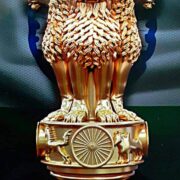


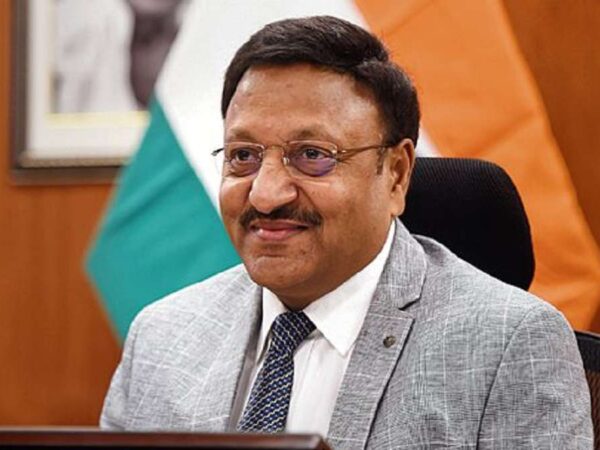
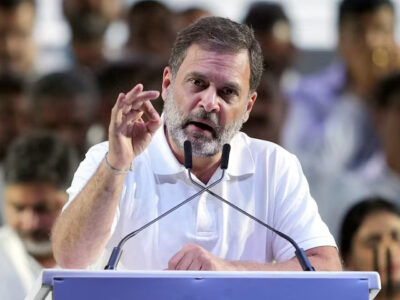

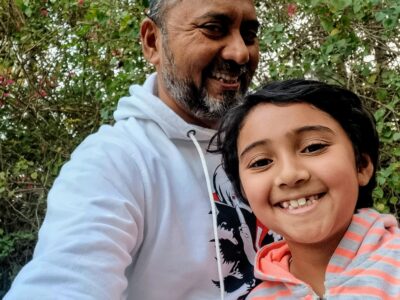







![Mr Baba: 'Would you like to take off the backpack now that you've been downstairs for like 30 minutes?'
Ms Kym-Kym: 'I like it like this. You should try it. It's very comfortable.'
Mr Baba: [Pulling on his backpack] 'Hmmm, you're right. That's rather snug.'
Ms Kym-Kym: 'Twinning! Yay!'
#LuckiestManAlive #BearFamily](https://scontent-lax3-1.cdninstagram.com/v/t51.29350-15/416920031_3373151642830342_6696851954454537274_n.webp?stp=dst-jpg&_nc_cat=105&ccb=1-7&_nc_sid=18de74&_nc_ohc=ZMLmjPdSAEUAX8nnJex&_nc_ht=scontent-lax3-1.cdninstagram.com&edm=ANo9K5cEAAAA&oh=00_AfB0olvUVmnenPKd2wCllMDehg5gzDgAbc4BDsGLqIm6pA&oe=65BA4561)

![Kym: 'Mr Baba, can I tell you something wierd? You can actually get tired from doing nothing!!'
Me: 'It is called boredom.'
Kym: 'Noooo. I mean, like physically tired.'
Me: 'One can get tired and sleepy due to boredom. I remember reading about it somewhere. Let's find out.'
[Some Googling later]
Me: 'It says here that "A new paper published in the journal Nature Communications finds that a part of the brain that is associated with motivation and pleasure - the nucleus accumbens - also can produce sleep. The new findings may explain why we have the tendency to fall asleep in the absence of motivating stimuli, i.e., when bored." Isnt it interesting?'
Kym: 'I already knew that. Why do you need to research things we already know?'
Me: [Finding a subject worth talking about now]: ' Ah well, that's what we'll talk of tomorrow on your morning run. It's very interesting the way science is done and our understanding of the universe is expanded.'
Kym: 'Can we talk of unicorns instead?'
Me: 'Sure. How do you know they exist? That's an interesting question too that you can use the scientific method to answer.'
Kym: 'Do they have to exist for us to talk about them? We can just pretend they do for an hour and have fun.'
Me: [Laughing] 'Yes, sure. We can do that too.'
#BabaBabyConversations #BearFamily #KymAndI](https://scontent-lax3-1.cdninstagram.com/v/t51.29350-15/416410840_383105434396466_2267910263456009774_n.webp?stp=dst-jpg&_nc_cat=104&ccb=1-7&_nc_sid=18de74&_nc_ohc=LIozs445JFcAX_48wGC&_nc_ht=scontent-lax3-1.cdninstagram.com&edm=ANo9K5cEAAAA&oh=00_AfDQ2qbb0yO_wUmLj_L0ZxF61eDdwlIN-vyrd8GZe_pBMQ&oe=65BAFA57)










